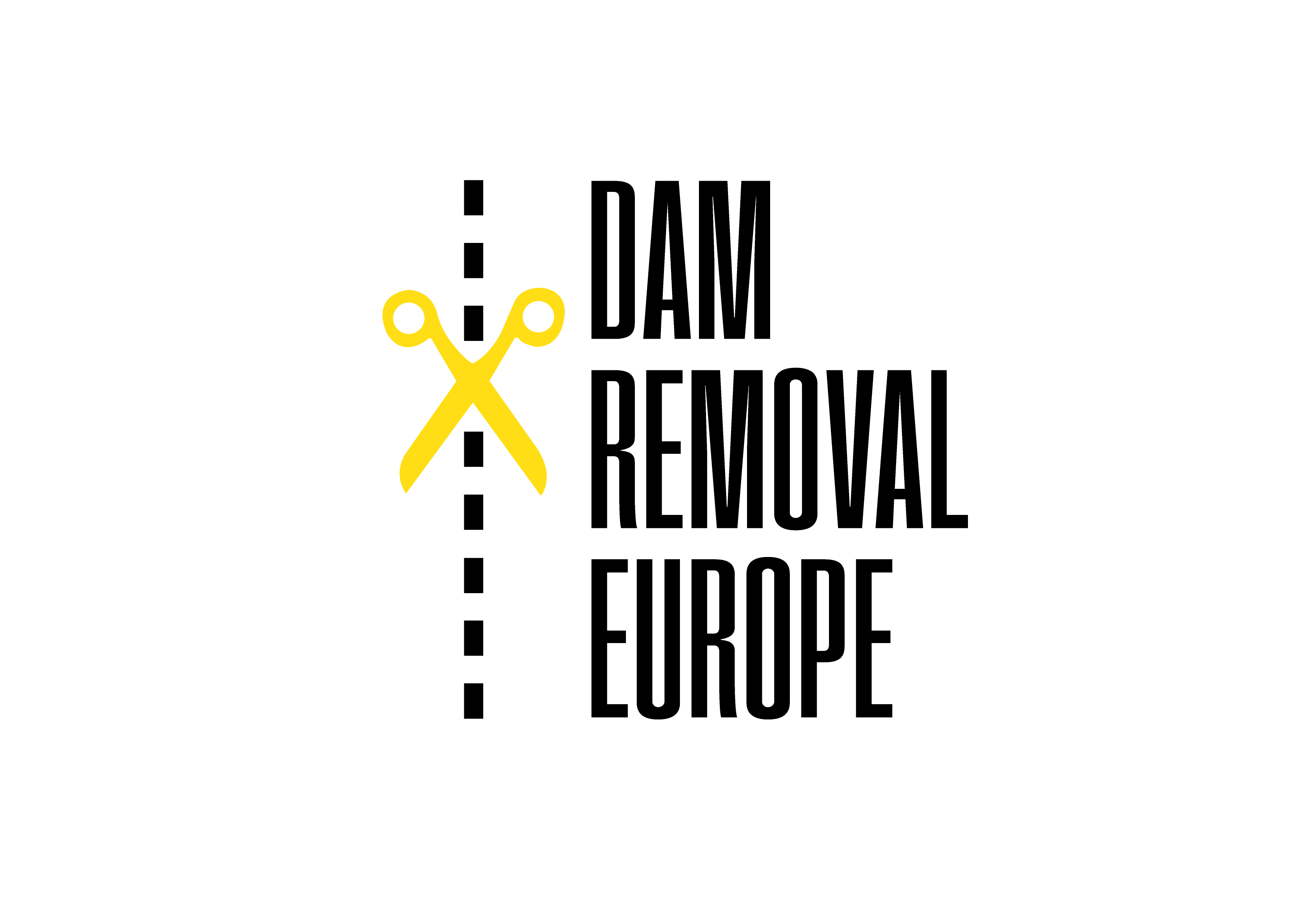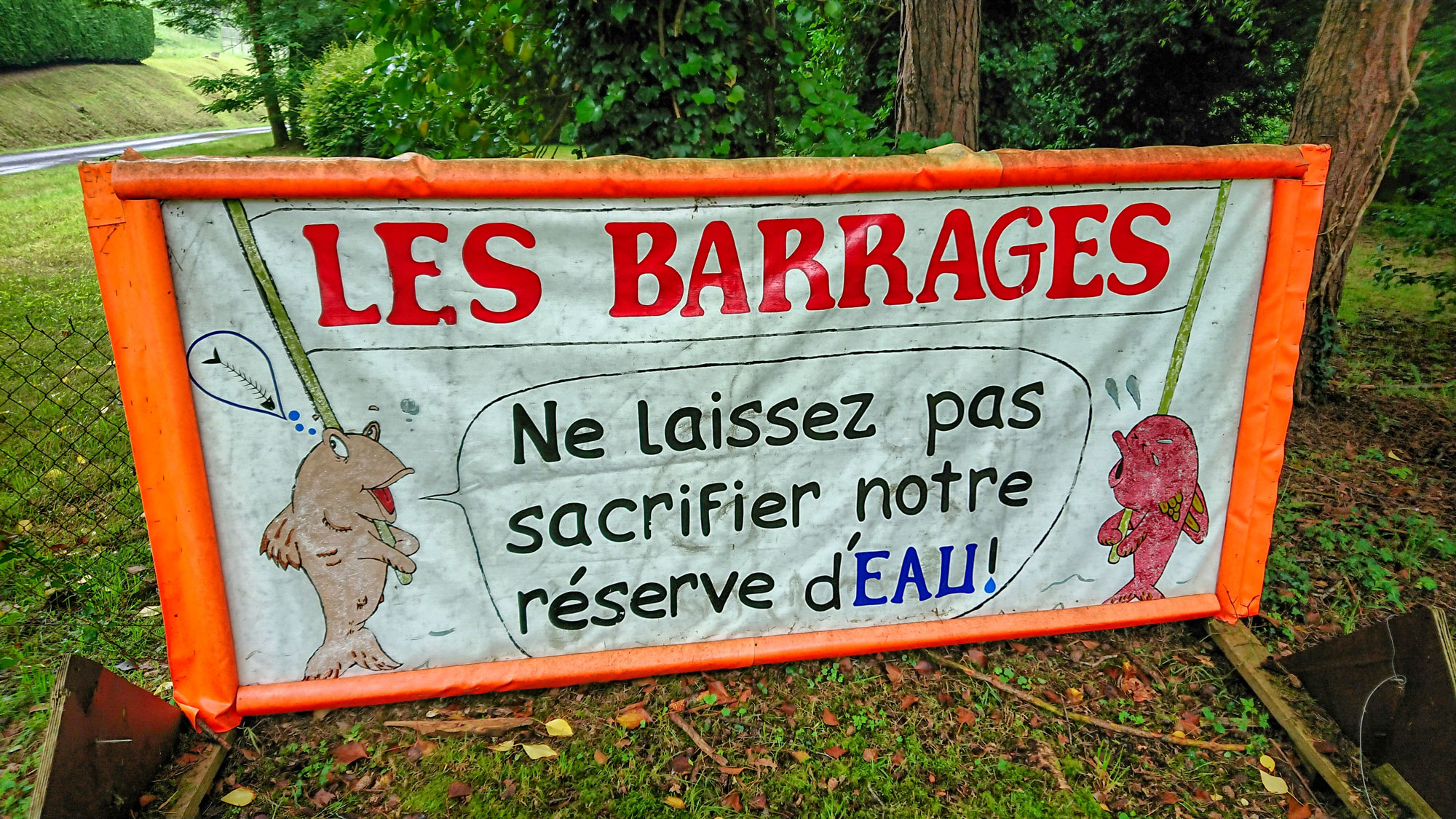An interview with Roberto Apple
By Rik Bomer – Happy Fish Journey
In France in the small river the Seluné is something drastically going to change. Two structures that changed the hydrologie of the Seluné river over the past decades will be removed. I am talking about the Barrage du Verzin and the dam La Roche qui boit, build between 1929-1932. A hydro-power dam of 36m high x 278m wide and the second 16m high x 129m wide changed the river. Together storing 10,4 millions m3 of water and with the release, the EDF hydropower company generated electricity to parts of France.

One of the initiative takers is Roberto Epple. I had the pleasure to talk with Roberto about his job and the removal of the Barrage du Verzin. Roberto is founder and chairman for the France NGO European Rivers Network. An organization that was founded in 1994 that works on the connectivity of rivers. Their newest project is to classify rivers on 47 criteria and three different levels. Nowadays they have classified 16 rivers and starting on their first abroad river in Switzerland next year. Not only they know how a wild river should be, they also push new legislation by working with partners, provide educational programs . And the reason I contacted Roberto, dam removal.
When Roberto was a young lad at the start of his career, he was wondering: “What is my place in this world?” The only criteria for him was working with nature for nature. Working on the “thing” that connect all of mother nature, rivers. For this very reason Roberto focused his effort on exactly that.
One of the projects that Roberto works on, is the the removal of the Barrage du Verzin. Not an easy task to say the least. In 2007, the 75 year contract of the EDF hydropower-company was coming to an end. This meant the EDF could try to get an new contract or just stop operation and hand over the responsibilities of the project to the government. The government took over operations in 2009. In the contract there was not stated: if the hydropowersheme comes to an end, EDF should dismantle the project. So now the government was decision maker and needed to find a solution to either remove the dam or find alternatives. Unfortunately this discussion was not going anywhere. It was only after organisations like European Rivers Network put pressure on the decision-making-process, that the government in 2014 decided to remove both dams. The benefits of letting the dam stay did not outweigh the benefits of a free-flowing Seluné river.
For example: the Barrage du Verzin had problems with polluted sediment and blocking salmon migration, things that were not a topic of conservation when implementing hydropower. So what happened next may be a surprise. A part of the locals were against the removal of the Barrage du Verzin. The locals that lived their entire lives near the basin started to worry. People downstream were afraid that flooding could start and the people upstream where afraid the recreation activities and the beauty of a large waterbody was removed. There was no dialog happening to explain the good of the dam removal to the locals.
So the locals had a lack of information, comfort and expertise. A devil’s cocktail of emotions ready to make people revolt. Not real surprising afterwards, it where people’s livelihoods that were at stake. Because there where many regional and NGOs and fishermen organisations for the dam removal. The removal of the dam, from the locals perspective felt like a fight between the small community of locals that wanted to keep the dam, against the big national government that wanted the remove the Barrage du Verzin.

Only in the last few years locals were involved and educated, which gave some nuance and turned people around. However, posters hanging around the Barrage du Verzin still shows what lack of information and dialog does. Posters with propaganda based on wrong information. Nowadays only a small group of people is still against the removal of the dam and wanted to see this fight through the end.
Their fight is now over,in 2017 politicians have given the green light and workers started in 2018 with preparations to remove the dams. Making the riverbanks like they used to be and if all works out correctly, the removal will be happening in May 2019.
I asked Roberto what his best memory was of the 20 year conflict that led to the removal of the Barrage du Verzin and he sad: “That will be in May 2019!” He did however, had the utmost respect to two local people that were for the removal of the Barrage du Verzin: Aurélie Joué, director of the Syndicat mixt de bassin de la Seluné and Michel Thoury, former (deceased in 2015) regional deputy and president also of the Syndicat mixt de bassin de la Seluné . They often find them-self in heated arguments with other locals and did not backed down even when “things” got violent.
So in conclusion: engineering a social situation where locals get educated, information and comfort by dialog is the most important lesson learned from the Barrage du Verzin conflict. Beside that, in future hydro-power schemes contracts must have stated how to restore rivers after operations.
The ambition is to visit as many people as possible. People that inspire change in their river communities by creating better fish migration possibilities. What I noticed in my preparations, is that there are a lot of people involved in making fish happy, for different reasons but all share the common goals to have a healthy fish population. Removing the barriers that fish face to let them take the swim way, like nature intended. Establishing a flourishing ecosystem once again. These are the people, change makers, from who we want stories. Stories that inspire and show the positive side of environmental development for all to see and learn. Piquing the interest of the public, for example: students and their teachers, commercial and recreational anglers to influence, resource and river managers, policy makers and decisions makers.
– Rik Bomer



